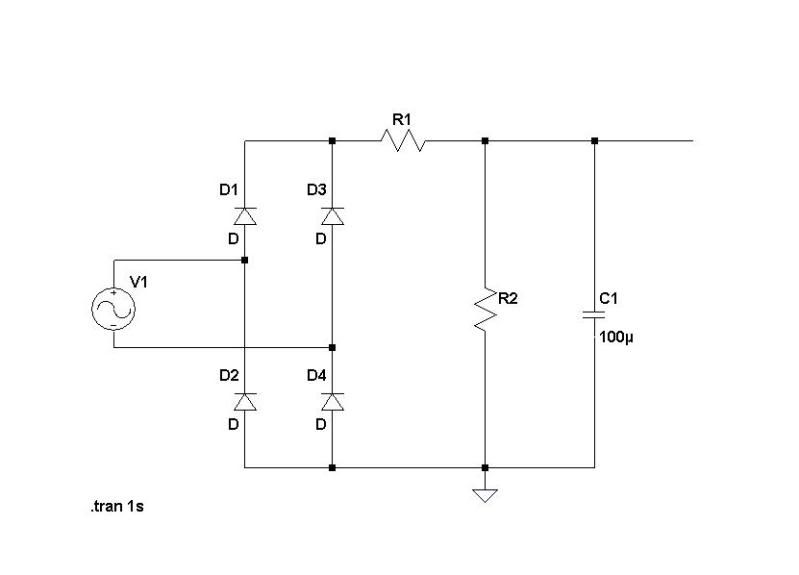So I got around to doing my poorman stereo box. Was going to sell them but changed my mind.
I figured I was up for the challenge after all. See if I could tame this reported b*tch from hell's kitchen.
Anyway, built it stock with edcor psu traffo, 240Vac/50Hz line voltage.
I included the change to C6 as recently suggested.
Powered up first time today.
No smoke, no noises, no probs with either of the 245Vdc or 135Vdc.
Heater was easy to adjust to get 6.35Vdc with an ohmite rheostat.
Both pairs of 5687 installed caused no probs.
No excessive traffo heat. 5687s get hot but not the raging inferno I expected.
(23C ambient, lid off). Heater resistor gets hot, but managable.
I have a 3ru case with a fair bit of ventilation slots top, bottom and sides.
I ran it for a hour and a half - all good and passing audio from the get go.
Early quick check showed a unity gain noise floor of around -65dBu or so with no compression.
That's OK but not great. Had good sized mains harmonics. But it's early days yet.
I'll be checking the compression and all that tomorrow. Then trying some tube matching
and subs (I have some 6N5P on the way as well as another bunch of 6BC8).
If I can get some good sound, I'll then try the scamp addon and some time constant combinations.
Early indications are for me that this went together and powered up exactly as 'advertised'.
Will see how it goes over a couple of days of tinkering.
Hopefully I haven't jinxed it by making this post. This build seems to have it's fair share of
negativity so I thought I'd give an account of my experience 'hot off the presses'.
Cheers
I figured I was up for the challenge after all. See if I could tame this reported b*tch from hell's kitchen.
Anyway, built it stock with edcor psu traffo, 240Vac/50Hz line voltage.
I included the change to C6 as recently suggested.
Powered up first time today.
No smoke, no noises, no probs with either of the 245Vdc or 135Vdc.
Heater was easy to adjust to get 6.35Vdc with an ohmite rheostat.
Both pairs of 5687 installed caused no probs.
No excessive traffo heat. 5687s get hot but not the raging inferno I expected.
(23C ambient, lid off). Heater resistor gets hot, but managable.
I have a 3ru case with a fair bit of ventilation slots top, bottom and sides.
I ran it for a hour and a half - all good and passing audio from the get go.
Early quick check showed a unity gain noise floor of around -65dBu or so with no compression.
That's OK but not great. Had good sized mains harmonics. But it's early days yet.
I'll be checking the compression and all that tomorrow. Then trying some tube matching
and subs (I have some 6N5P on the way as well as another bunch of 6BC8).
If I can get some good sound, I'll then try the scamp addon and some time constant combinations.
Early indications are for me that this went together and powered up exactly as 'advertised'.
Will see how it goes over a couple of days of tinkering.
Hopefully I haven't jinxed it by making this post. This build seems to have it's fair share of
negativity so I thought I'd give an account of my experience 'hot off the presses'.
Cheers























